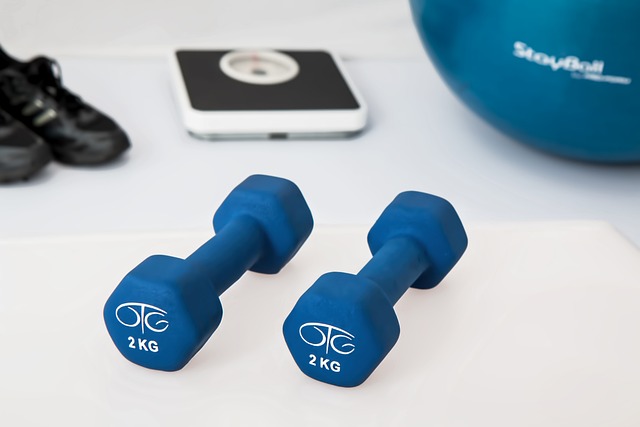Supermom Serenity: Revealing the Transformative Power of Restorative Yoga
05/02/2024 Leave a comment
Yoga can provide mothers with obvious and unexpected benefits for the mind, body, and spirit. One of the main reasons every mom should do yoga is that it offers them emotional and physical balance and self-acceptance. There are several different types of yoga, but today, we will focus on restorative yoga.
What is restorative yoga? It’s a therapeutic style of yoga that revolves around using props in order to get into certain poses in an easier way, thus enabling you to completely surrender to the pose. This practice is not physically challenging and doesn’t require you to switch from one position to another quickly, but rather encourages you to stay in a certain pose for an extended time period.
This form of yoga will encourage busy moms to slow down, heal, and reflect. Instead of focusing on physically challenging poses, restorative yoga emphasizes simple stretches. You will learn to practice stillness, center your breath and body, and hold certain poses for extended periods. Staying in a certain pose for as long as you are comfortable will help you achieve a state of relaxation.
Like any type of yoga, you can choose to work either your entire body or a specific area. You can achieve restorative yoga poses by using many different props, such as pillows, blankets, chairs, straps, blocks, and bolsters. By using these props, you’ll allow your body to relax and stretch with support.
Restorative yoga isn’t as popular as other yoga techniques since most people opt for something more physically challenging. Nevertheless, restorative yoga is far from easy (even though it might not look that way) and offers many different health benefits.

Aids Weight Loss
You might be thinking that there’s no way restorative yoga could help you lose weight since it isn’t an aerobic style of yoga, such as the fast-paced vinyasa flow. Or maybe you’ve learned that you can lose weight only by taking part in strenuous exercise and keeping a healthy diet. Although this is true, there are other ways to lose weight effectively. By practicing one of the calmest forms of yoga, you can lose significant weight by reducing the stress hormone cortisol, which is associated with too much stress and excess belly fat. The National Institutes of Health study, led by researcher Maria G. Araneta, PhD, MPH, of the University of California, San Diego, found that it also helps people get rid of subcutaneous fat.
Restorative Yoga for Menopause
Restorative yoga will help reduce the effect of hormonal changes associated with menopause by balancing your endocrine system. Your poses in a therapeutic yoga class will stimulate all your body’s organs, glands, tissues, and cells, significantly affecting your neuroendocrine system. As a result, it will also increase oxygenated blood flow to the glands in your head and neck.
Calm the Nervous System
Stress and anxiety cause our nervous system to move into fight or flight mode. On the other hand, restorative yoga can help bring back balance and calm to the nervous system. Practicing simple yoga stretches for just an hour a day will trigger the parasympathetic nervous system and get your body into a more balanced rest and digest state. You should feel a sense of calmness and rejuvenation when finished.
Increase Flexibility
Yoga is probably best known for increasing flexibility. However, restorative yoga isn’t about how bendy you can get, like some of the other more popular forms of yoga. Instead, it focuses on simply teaching you how to release tension in your body, especially in tight areas. Because of this, restorative yoga may be the fastest way for you to learn how to increase your flexibility.
Injury and Illness Recovery
Restorative yoga is excellent for all people recovering from a particular illness or who are partially immobile and unable to take part in more strenuous workouts. This form of yoga allows people with depleted strength and low energy levels to enjoy some exercise. Engaging in this form of exercise will help you become more active. You’ll also experience a faster recovery, seeing how restorative yoga will help you rest, relax, and fight stress.
Restorative Yoga for Women with Breast or Ovarian Cancer
According to a study published by the Wake Forest University School of Medicine, restorative yoga may help slow down the development of breast and ovarian cancer in patients suffering from these conditions.
https://www.ncbi.nlm.nih.gov/pubmed/18544284
Strengthen Mind and Body
By strengthening your mind-body connection, you’ll deepen your self-awareness and introspection and experience a heightened body awareness. With a solid mind-body connection, you’ll be able to access certain parts of your body and relieve those areas of tension very quickly.
Try these 7 easy-to-follow poses to relax the mind and body:
Restorative Yoga Sequence to Relax the Mind and Body – Yoga Rove







 Getting regular exercise is essential if you want to stay fit and healthy. Walking is an ideal form of physical activity that is low risk and won’t cost you a penny. Walking is easy to do and it can be done anywhere. No equipment is needed. You just put on your sneakers and head outside.
Getting regular exercise is essential if you want to stay fit and healthy. Walking is an ideal form of physical activity that is low risk and won’t cost you a penny. Walking is easy to do and it can be done anywhere. No equipment is needed. You just put on your sneakers and head outside.